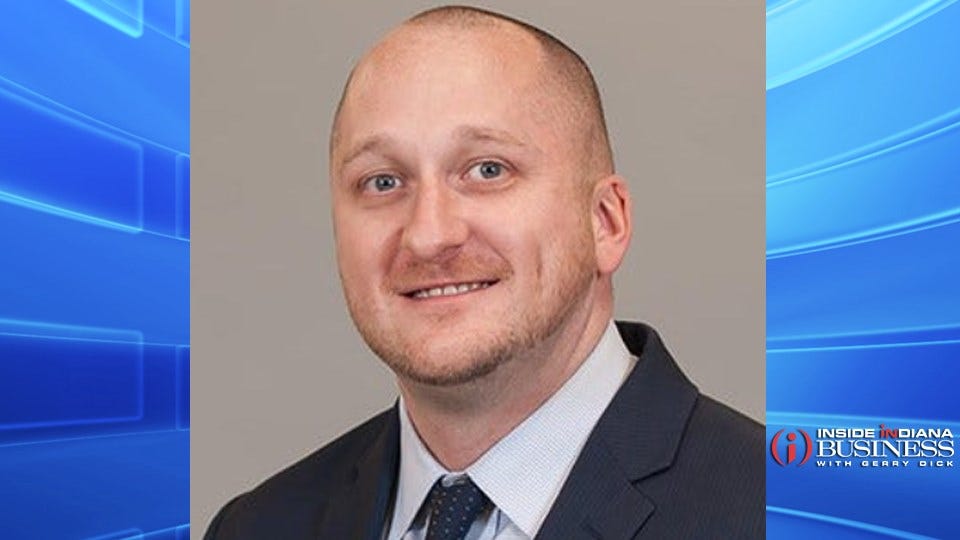Mega Backdoor Roth: Too Good to be True?
 Mathew Ryan
Mathew Ryan
Subscriber Benefit
As a subscriber you can listen to articles at work, in the car, or while you work out. Subscribe NowHave you been told you aren’t eligible to make Roth IRA contributions? Your income may be above the thresholds to contribute directly to a Roth account. However, that may not be the end of the story. There are two other paths to building up assets in a Roth IRA: Backdoor Roth IRA contributions and Mega Backdoor Roth IRA contributions.
For those unfamiliar with the Backdoor Roth IRA, this strategy entails making nondeductible contributions to an IRA and subsequently converting those assets to a Roth IRA. While the Backdoor Roth strategy is advantageous in that you can contribute up to $6,000 in 2021 ($7,000 if over age 50), the benefit of the Mega Backdoor Roth is the ability to sock away as much as five times that of normal IRA limits through ‘after-tax’ contributions. Before we get into the Mega Backdoor Roth’s inner workings, there are a few caveats that need to be addressed.
What to Know
First, you should only consider this strategy to maximize contributions to your employer-sponsored retirement plan and IRA if you are in the appropriate financial position to do so.
Second, you need to ensure your retirement plan offers ‘after-tax’ contributions (not to be confused with Roth contributions), enabling you to contribute beyond traditional ‘salary deferral’ limits.
Lastly, you should ensure your plan offers in-service distributions. This is not a mandatory provision, but it provides the pathway for the most tax-efficient execution of the Mega Backdoor Roth strategy by permitting you to move ‘after-tax’ contributions to a Roth IRA before earnings accrue. If your plan offers a Roth 401k provision and allows for in-service rollovers, this works as well, as the end goal is to get those after-tax assets to a Roth-like account. The reason for this consideration is, even though the contributions you are making are deemed ‘after-tax,’ any accrued earnings will be taxable upon distribution.
If all of these boxes are checked, then the next step is implementation.
The Process
The IRS imposes annual limits to what can be collectively contributed to a 401k. For 2021, that figure is $58,000 (or $64,500 for those over age 50). Thus, to take full advantage of the Mega Backdoor Roth, you will want to determine the amount you can contribute to the ‘after-tax’ bucket by taking the following steps:
- Ensure you are set to max out your salary deferrals ($19,500; $26,000 if over age 50)
- Next, determine the employer match dollar figure (if applicable)
- Finally, subtract your deferral amount and employer match from the IRS annual limit. You will be contributing this figure as ‘after-tax’ contributions.
Once you have begun making ‘after tax’ contributions, you will want to use the in-service distribution provision (or in-plan rollover) to move any ‘after-tax’ contributions over to a Roth IRA (or Roth 401K).
As stated above, the expeditious manner in which you roll these assets out will limit, or eliminate altogether, the prospects of earnings growth (if you encounter a situation where you have earnings, those amounts will need to be rolled into a traditional IRA). Once in the Roth IRA, the rolled amount and all future earnings will be redeemable tax-free.
Summary
The Mega Backdoor Roth is an excellent way for higher-income earners to take advantage of Roth-like benefits through their employer retirement plan. As highlighted above, however, there are many considerations to deliberate on before attempting to incorporate this strategy into your savings goals: Can you afford it; does your plan allow it; can you facilitate the required steps consistently and accurately to ensure the most efficient return?
As with most financial strategies, it is always best to elicit insight and feedback from your financial advisor. They can walk you through the ins-and-outs and base their recommendations from a more macro, comprehensive vantage point to ensure any strategy fits within your overall financial picture.
Mathew Ryan, MBA is a Financial Planning Specialist with Bedel Financial Consulting, Inc., a wealth management firm located in Indianapolis. For more information, visit their website at www.bedelfinancial.com or email Mathew at mryan@bedelfinancial.com.

